|
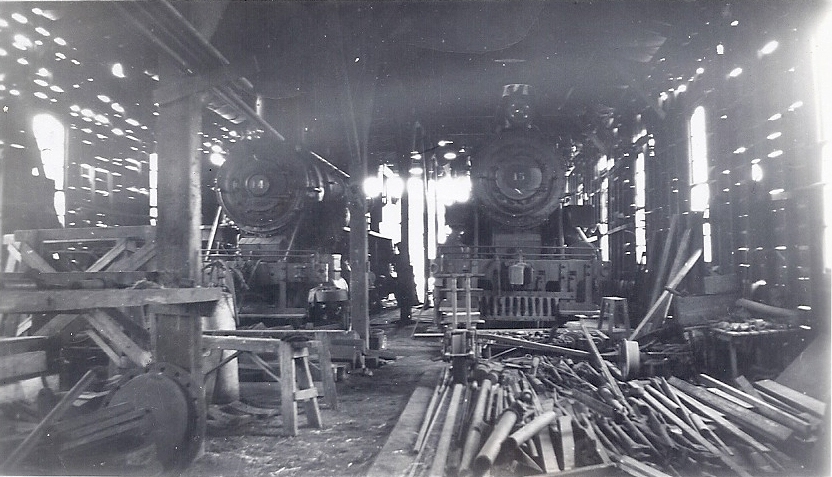 |
|
#14 & #15 are receiving light repairs on
3/16/1948.
Photo
taken by Edward Weber. Courtesy of
Don Maxton. |
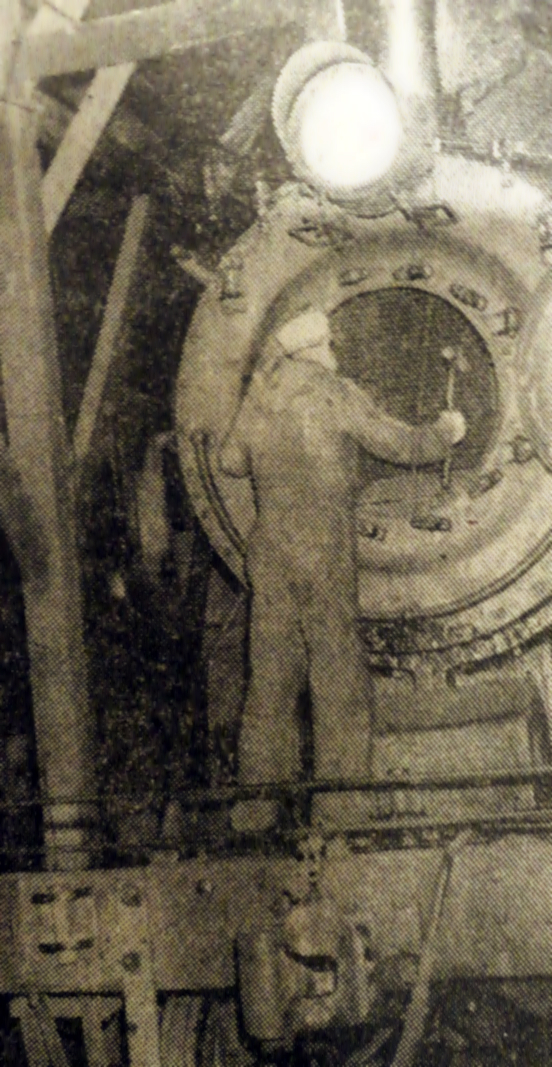 |
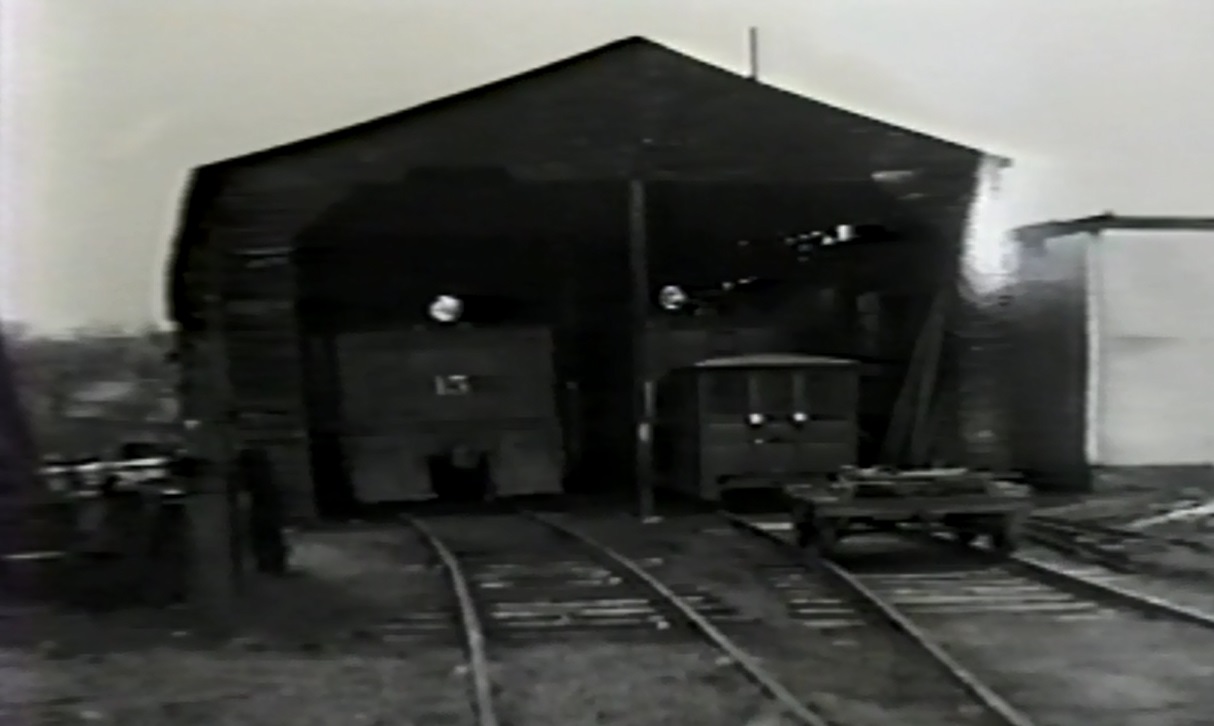 |
|
Taking a look
into the boiler |
#15 and either #13
or 14 sit in the shop. The engines were rotated in service on a
monthly basis. One in regular service, one on standby, and one would
receive repair work. |
|
|

|
|
#13 and 11 sit in the shed.
11/1933. Collection of Jeff
Jargosch. |
 |
|
#13
in the shop. From TRAINS Magazine
10/1950. |
|
|
For
many years this small, but adequate, two stall engine shed served as
the Rahway Valley Railroad's shops. Here the Rahway Valley mechanics
performed light repair work on the line's fleet of secondhand steam
locomotive power.
Some sources indicate that the Rahway Valley Railroad,
earlier, had a 'roundhouse' out on the Can Branch, but no concrete
evidence has yet come to light to confirm that. In the New Orange
Four Junction days, 1901-1905, it was mentioned in an official
report of the Lehigh Valley's that there were no shop facilities.
This long, two-stall, engine shed must've been a
welcomed improvement if the railroad had no earlier facilities. This
wooden building could have dated to as early as 1919. In that year
the Rahway Valley Railroad discontinued the bulk of its passenger
operations, opting for mixed trains and motor cars. To further
reduce costs, the railroad's general offices were moved into the
Kenilworth Station. It is supposed that this is when the engine shed
was constructed.
For most of the years of the shed's existence, this
was Carl Nees' domain. Nees was the railroad's Master Mechanic, or
the "Master Maniac" as some referred to him. Carl, and his
assistants over the years, Harry Reifsnyder, Fred Grant, and even
his son John Sharon Nees, could tackle just about any job in this
two stall, time-worn, shed. All repair work on the railroads
steamers were done here, except major overhauls and boiler washes
which were done at either Elizabethport (CNJ) or Kingsland
(DL&W).
By the late 1940's the engine shed was looking "worse
for wear" with many wooden boards missing from its side-walls, which
allowed the wind to whistle through. One source writes, "The repair
shed at Kenilworth, a long wooden structure, was so rickety that one
morning after a high wind the employees came to work to find it
leaning on the engines." (Young)
Eventually, with the new diesel on the way, the
decision was made to replace the old wooden shed with a new three
stall masonry building that was constructed in circa
1950/1951. |
|
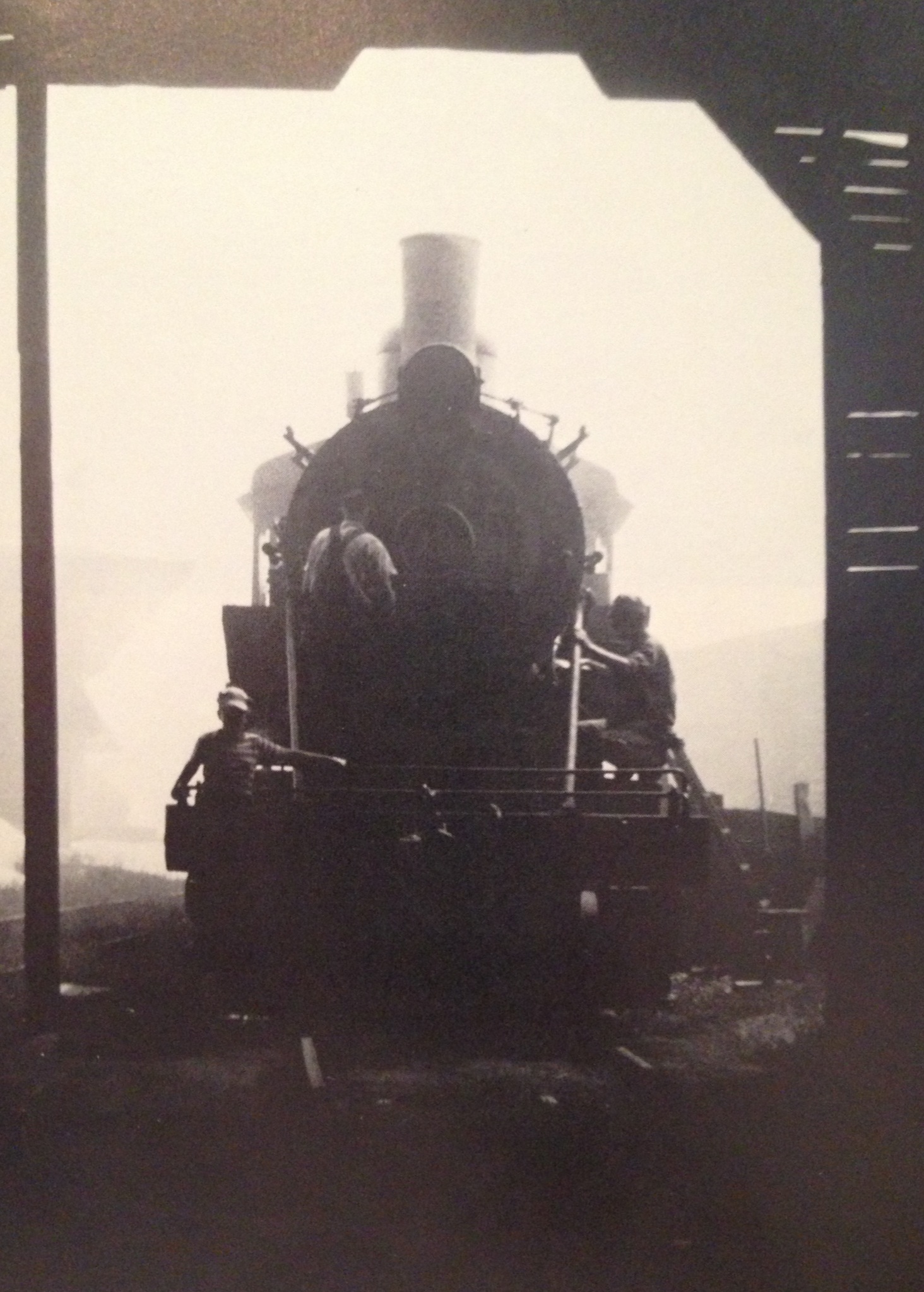 |
|
Bill Young captioned this
photo, "Let memories be refreshed by a single photograph and one is
effortlessly carried back forty years, and engine 13 stands again
before the shed at Kenilworth while Rahway Valley master mechanic
Carl Nees and shopman Fred Grant apply paint to her smokebox and
Carl's son John strikes a pose on the footboard. A scene like this
usually meant that No. 13 was about to begin a calendar month as the
only engine in service. Old 13, homely but rugged, went through many
a month without a serious breakdown ------ while in use up to
sixteen hours a day, continuously under steam, and always exposed to
the weather. The 13 and sister 14 were small, stubby Baldwin 2-8-0's
from the early roster of the Lehigh & New England.
Photo taken by William S.
Young. | |
Wm. Wyer & Co.
Report on Rahway Valley Railroad
August 1944
|
|
Enginehosue &
Shop. These are located at Kenilworth and consist of the
following:
A wooden frame enginehouse,
30'x117'x15' high, covered with corrugated iron roof, and an
extension attached to it, 20'x30'x12' high, covered with corrugated
iron on the roof and sides. The enginehouse has two stalls, one
equipped with a pit.
A machine shop built of steel frame
end concrete slabs, measuring 25'x49'x13' high.
A wooden tool house, 12'4"x10'3"x10'
high.
An oil house built of wood,
10'x26'x7'6" high.
A sand house, 8'x10'3"x7'6" high,
built of wood.
The enginehouse and its extension are in
a dilapidated condition; the machine shop and oil house are in good
repair; but the tool house and sand house are badly in need of
repair.
Shop machinery consists of the
following:
1 - 24" lathe
1 - 22" shaper
1 -
#2 grinding wheel
1 - Titlt table saw
1 - Drill press,
small
1 - Buffalo forge
All of the machinery is old and its
total value is approximately
$1,000. |
|
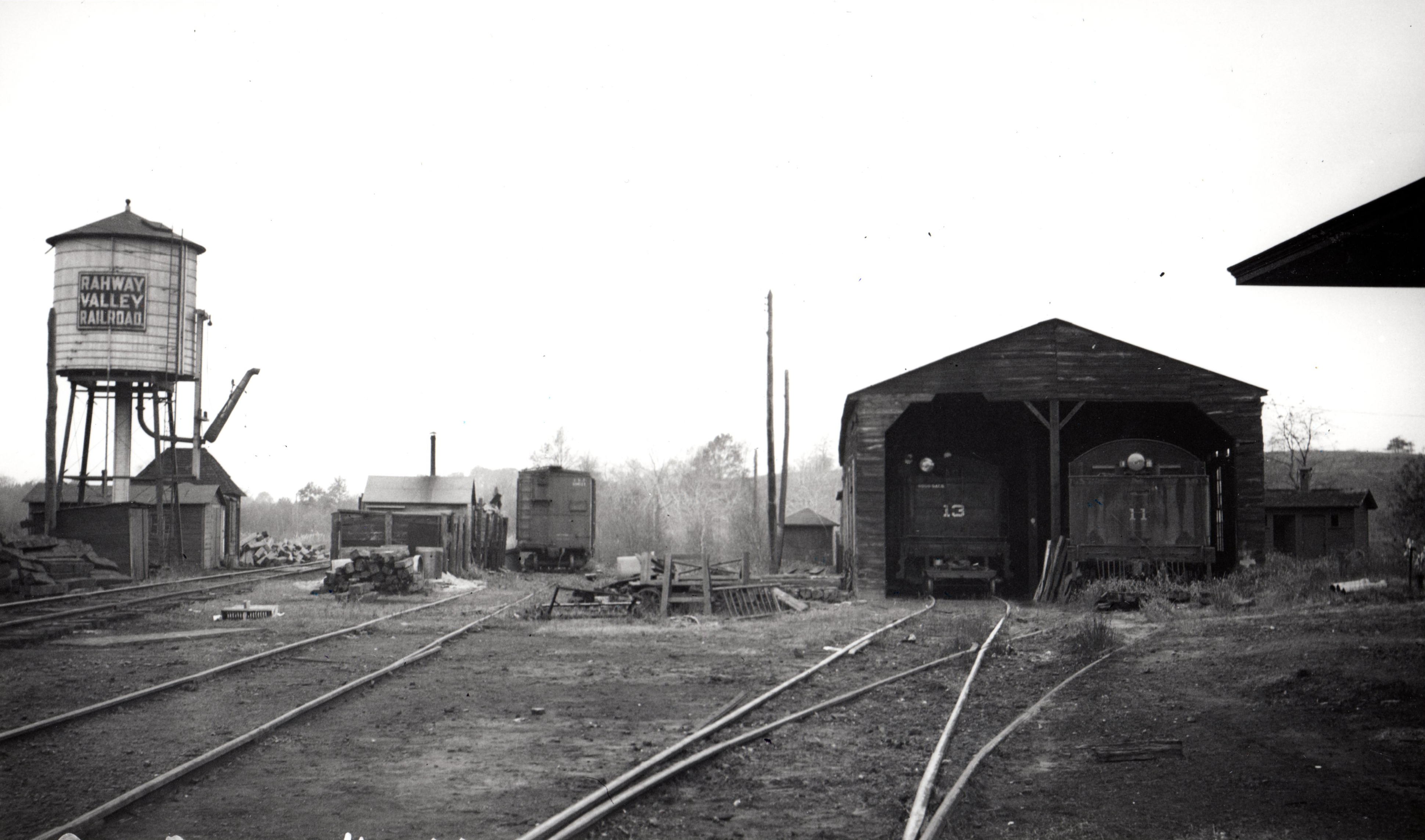 |
|
#13 and #11 in the house - #11 doesn't seem to
have been out in a while. Weeds and a tie block the rails, which
appear rusty. Box car at left of engine house is CNJ - possibly
stores of bagged locomotive sand. 11/1933. Collection
of Jeff Jargosch. |
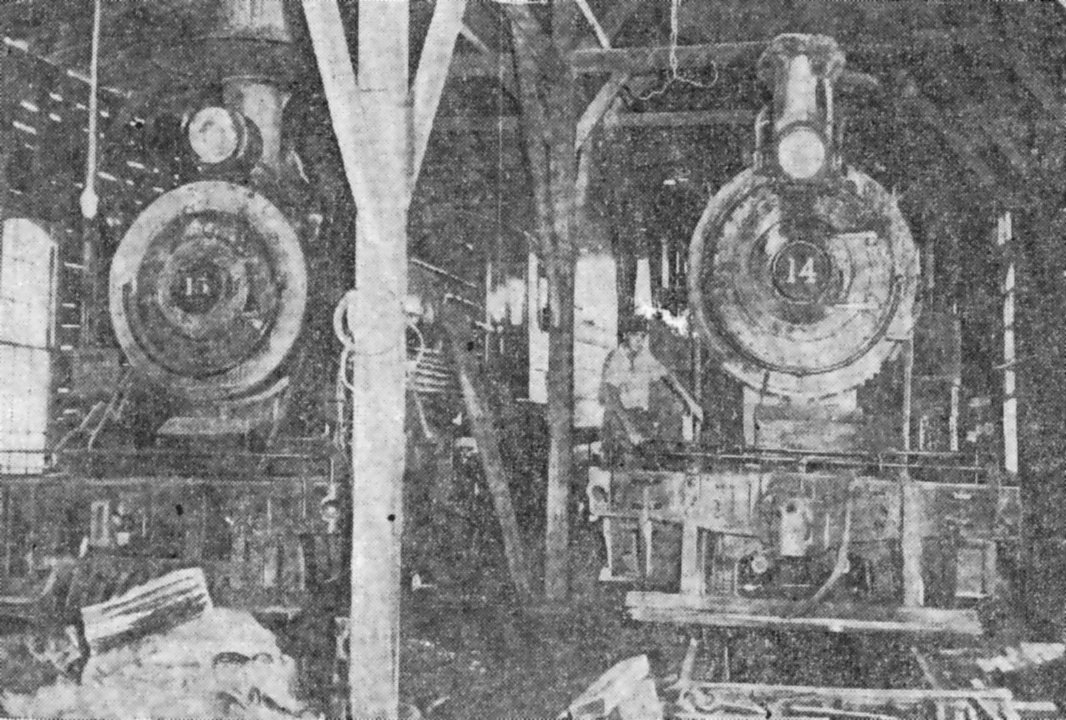 |
| #15 and 14 await
repairs and the skill of master mechanic Carl Nees. Carl's son, seen
on the pilot of #14, John is fourteen years old and off of school
for the summer. John spends his summers helping his dad work on the
RVRR's old steamers. |
 |
|
Here we see the Rahway Valley Railroad's
yards at Kenilworth, the water tower, Caboose 102 tucked
away on the siding, the two-stall engine shed, and the
Kenilworth Station. In the engine shed are #13 and 14, as well as
the Northwestern motor car that was built in 1942. Seen between the
station is a new masonry building and a gas pump. The new building
is the railroad's new machine shop, which will eventually be
attached to the three-stall masonry diesel shed to be constructed.
The gas pump was used to fuel the railroad's pickup truck and
possibly the motor cars as well. The kid striking a pose on the
track car could be John Nees, Carl's son. Photo taken
by William S. Young. Collection of Thomas T. Taber,
III. |
|